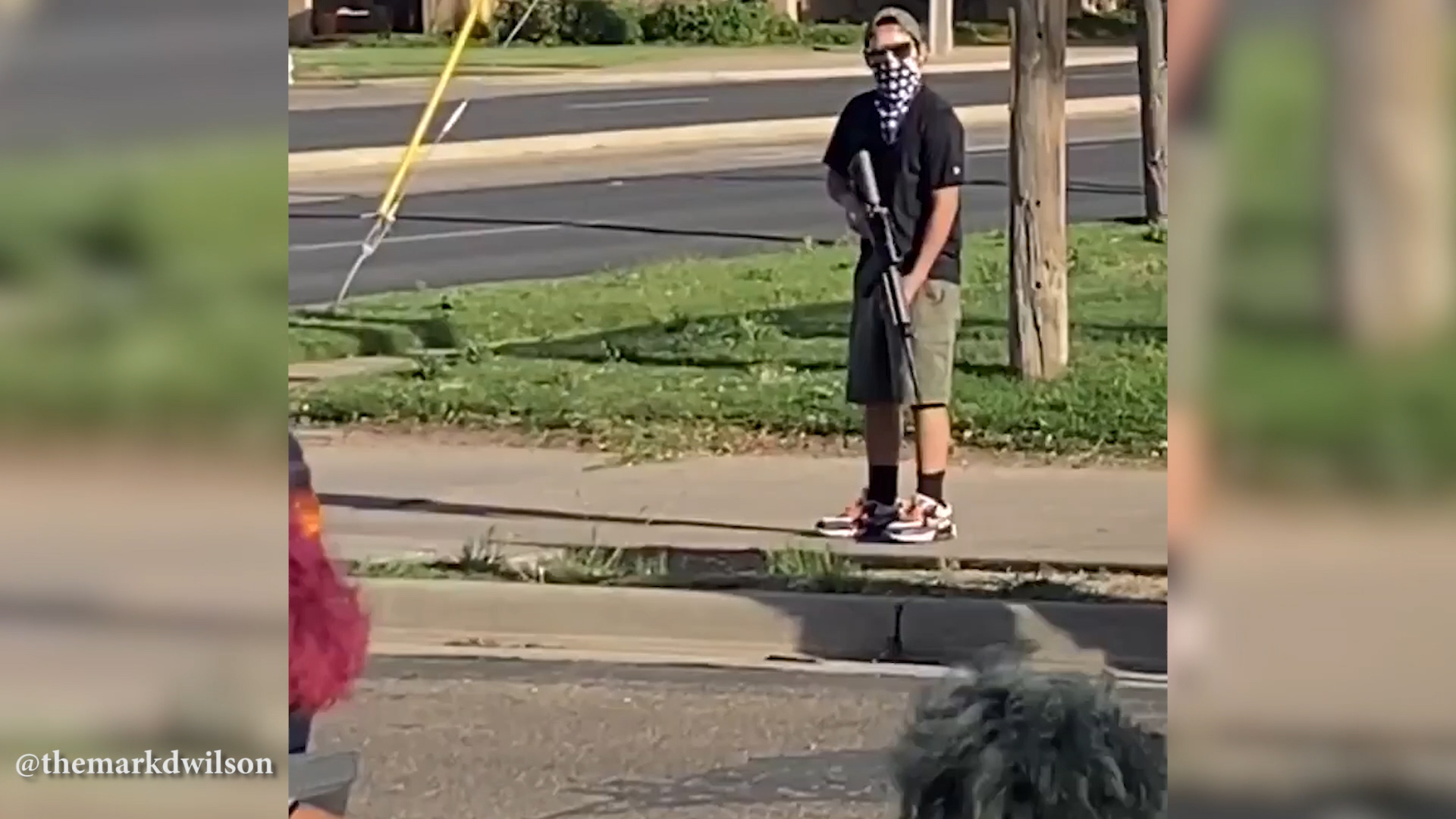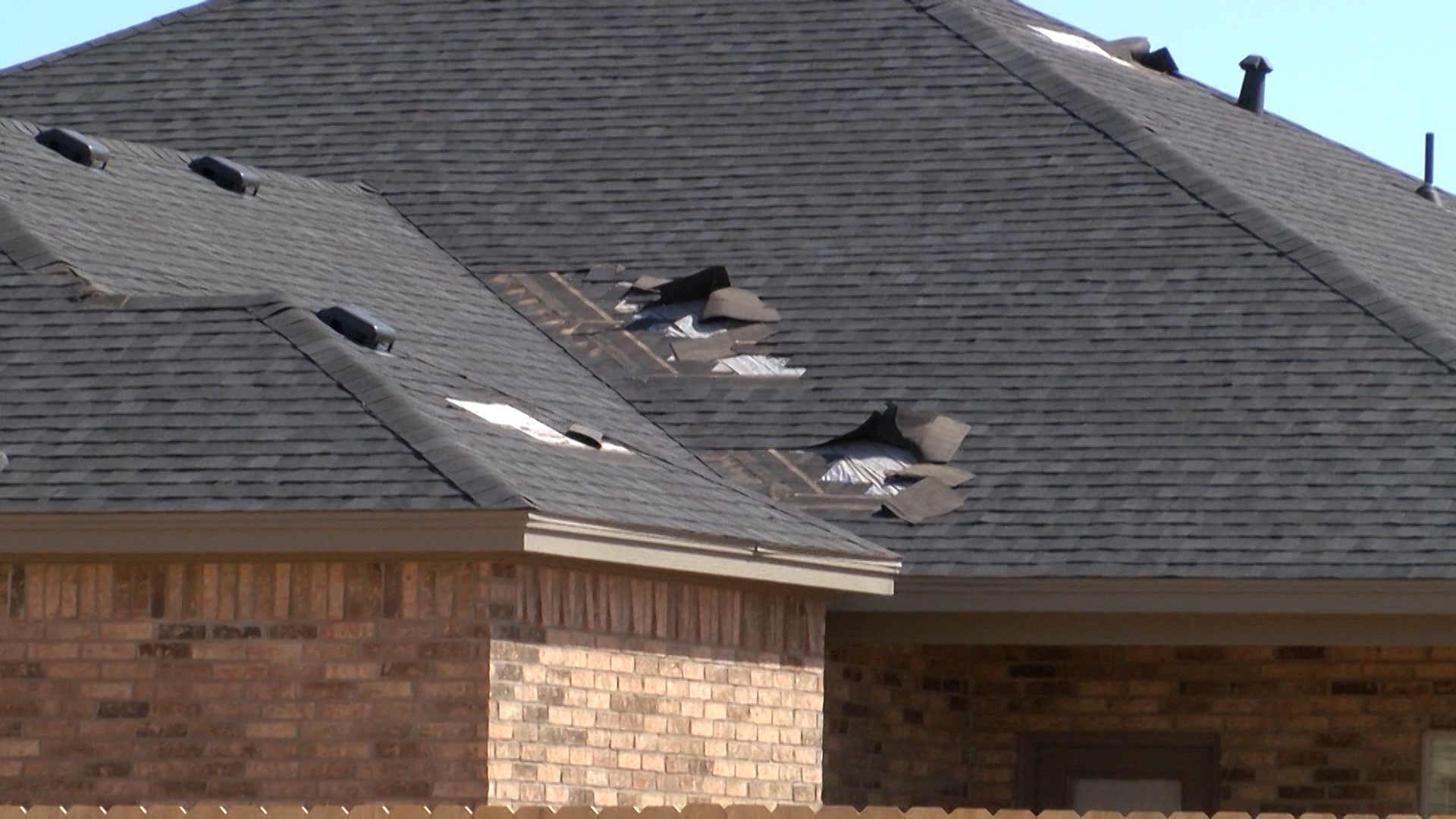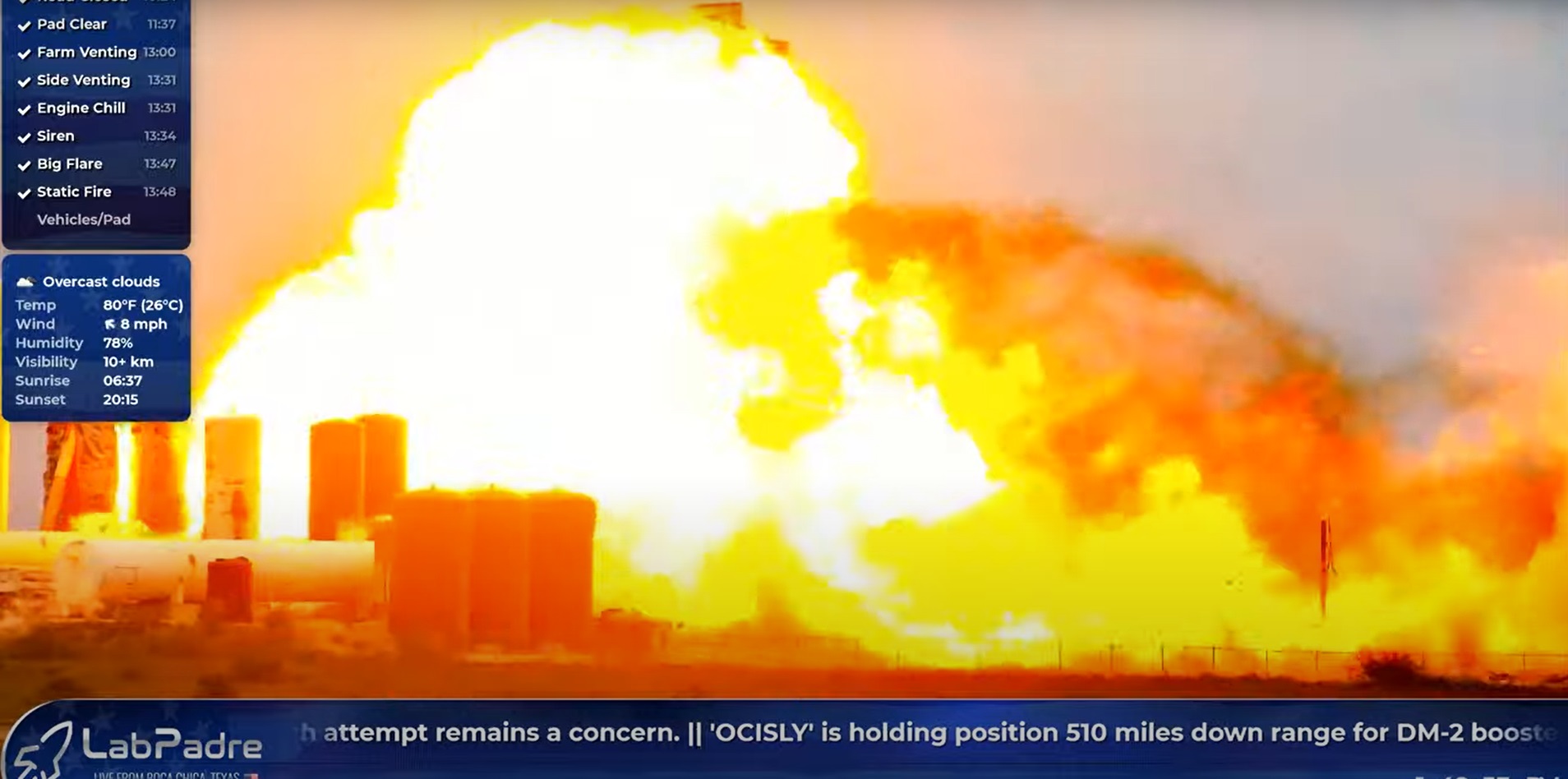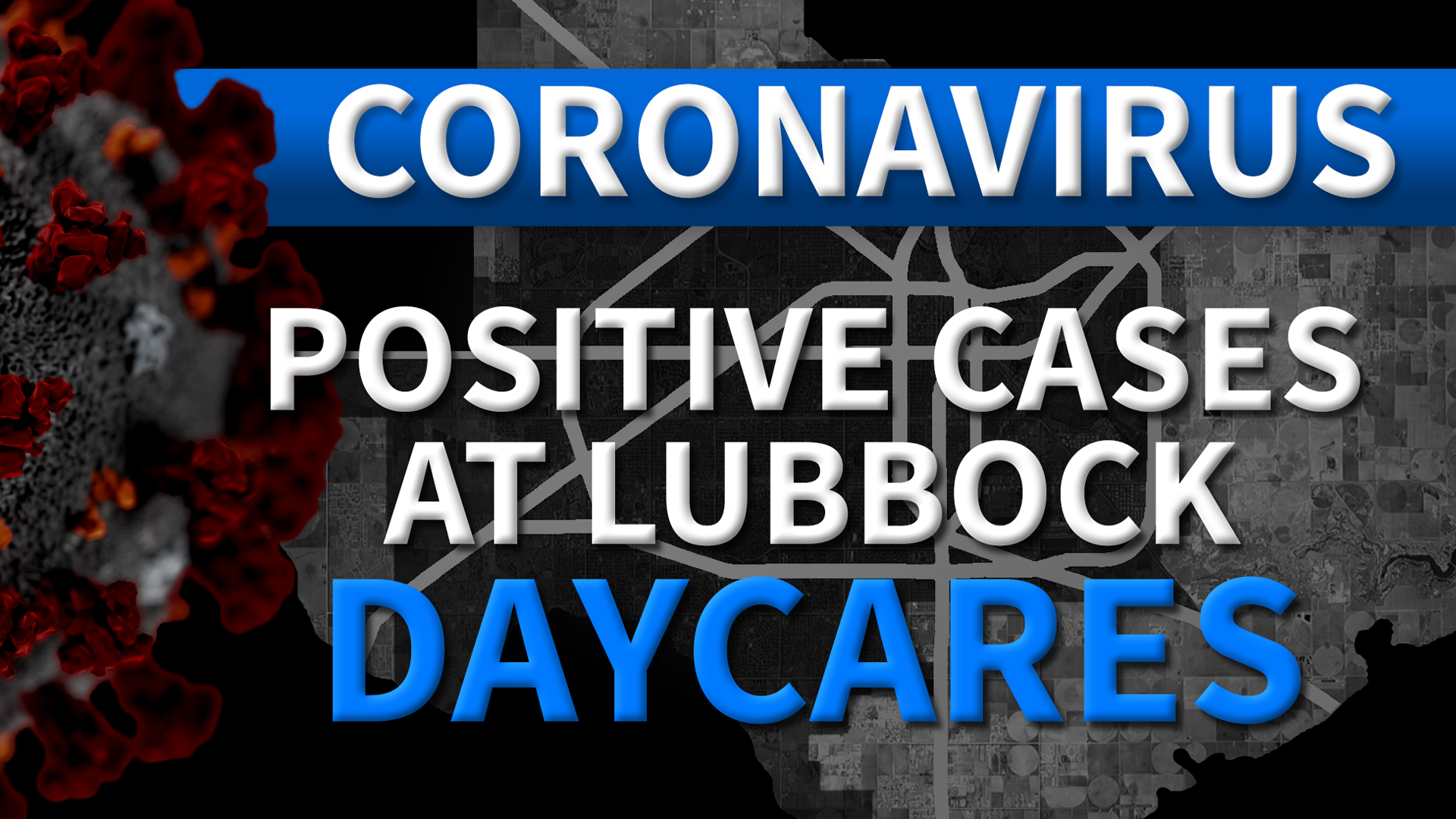Twenty seven. That’s the number of days out of the year on average dust blows across the South Plains. Blowing dust typically occurs during this time of the year when we see reduced rain totals and strong winds move across the state. While most people would agree that it is breezy out here almost every day of the year, what determines a day with or without dust?
Matt Ziebell, a forecaster at the National Weather Service in Lubbock, explains. “Here in West Texas we usually find that when winds are sustained around 30 mph we start to get prevalent blowing dust, and that could be like five mile visibility. You just see a thin haze in the air. So that’s generally the wind speeds we start to look for, or you can have frequent gusts over 30 mph. That can also do that as well”
If the dust gets dense enough to reduce visibility to between a quarter mile to a mile, the meteorologists at the National Weather Service will issue a Blowing Dust Advisory. But it is not until visibility gets reduced to a quarter mile or less, that they will issue a Dust Storm Warning.
“This year we’ve been kind of fortunate because we haven’t had a bad, bad drought that we’ve gone into. Whereas you go back to 2011 there’s a significant drought that pretty much continued for years. That just caused more open soil to develop over the region and more soil to blow around.”
One thing to keep in mind is even though they are issuing these products for visibility, they recommend you and your family stay indoors if you are sensitive to air quality issues and allergens.
“The Weather Service does not issue health related impacts for these products or hazards. So we’ll issue a blowing dust advisory or a dust storm warning, but it’s really up to the public to understand if you’re sensitive to dust, you just limit your time outdoors. Wear a dust mask if you have to be outdoors. But certainly on really bad days you don’t want to be out in those conditions very long.”
















